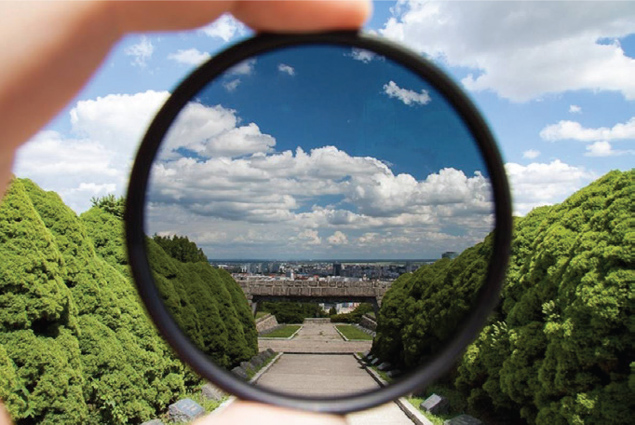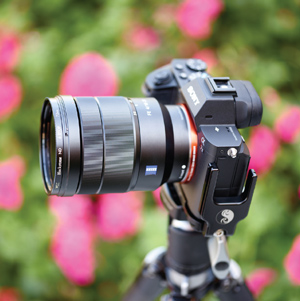
If you shoot videos, you should always want to master your craft. While equipment won’t always help you improve your shots, there is one range of tools that you can use to enhance the quality of your footage.
Filters are one of those small but very handy tools that you probably have not considered when shopping for camera gear. For cameras like the DSLRs and Mirrorless that use interchangeable lens, filters thread onto the front of the lens. The filter size you need will depend on your lens’ thread size, which you can find out by looking for the symbol ‘ø’ with a number next to it. Now, to the types of filters available.
Ultra Violet Protectors
While there’s not much to be said about UV filters, they are important for keeping your lens protected. They safeguard the glass from intense UV light, scratches or cracks. It’s a great investment because damaging a five-dollar filter is preferable to ruining a $500 dollar lens.

Polarizers
Polarizing filters are great for cutting out glares and reflections. For example, if you’re shooting a glossy car or a large body of water, polarizers are ideal for getting a unique shot when used correctly. Polarizers can also make photo colours look more vibrant and full of life.
ND Filters (Neutral Density)
These come in two circular variations; variable (also known as faders) and fixed. Simply put, ND filters act like sunglasses for your lens. These are particularly useful for shooting videos outdoors when you need a shallow depth of field but want to maintain good exposure. This is often difficult to achieve in daylight when shooting at 1/50th shutter speed with a fast aperture like an f1.7 or f2.8, even at your lowest ISO. Variable ND filters can be adjusted on the go, depending on how many stops of light enter the lens. Fixed ND filters, on the other hand, only block a certain amount of light.

Pro Tip: Buy the largest filter size that you’ll need, along with cheaper step rings to use for all your other lenses. Filters can cost hundreds of dollars, while step rings cost only a small fraction of that.
Important things to consider: ND filters from different manufacturers tend to give different colour casts to your footage. This is something that can be easily fixed with most editing software. Variable ND filters from any brand, however, will add crosshairs to your image once you get close to the maximum ND strength.
As always, no single piece of gear will instantly make your footage better, but they can certainly enhance whatever story you’re trying to tell if you use them well.




